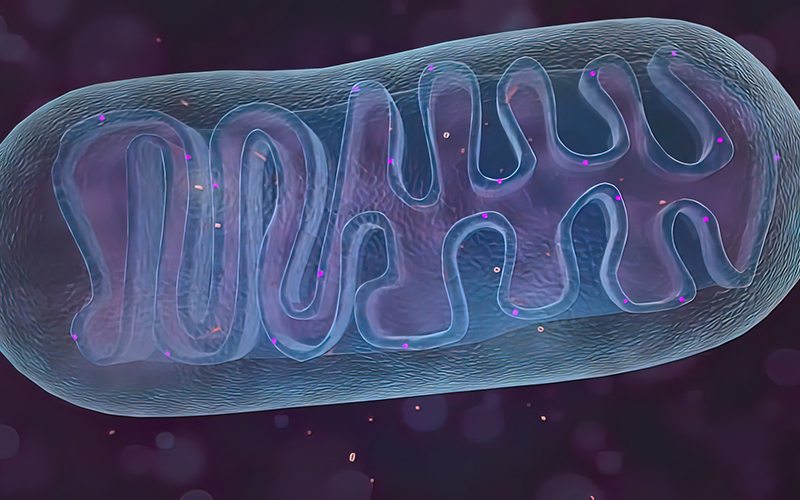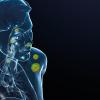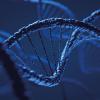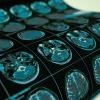This month: Mitochondria

What are mitochondria?
Our cells are powered by tiny “powerplants” called mitochondria, which transform nutrients into fuel that sustains life.
Tell me more.
The job of mitochondria is to process oxygen and convert substances from the foods you eat into energy. Mitochondria exist in nearly every cell in the human body. They produce 90% of the energy our bodies need to function.
What is the latest news?
Assistant Professor Sara Nowinski from the Van Andel Institute has
been awarded a five-year award of nearly £2m from the National Institute of General Medical Sciences of the National Institutes of Health to explore the inner workings of these crucial cellular components and reveal a new understanding of how mitochondria function and power the body.
What happens when they stop working?
Each cell in the human body contains between 1000 and 2500 mitochondria, which convert oxygen, sugars and fatty acids into a cellular fuel, and breakdowns in this vital process have been linked to a host of diseases, including Parkinson’s, Alzheimer’s, heart disease and diabetes.
Do they have any other functions?
Mitochondria also inexplicably build chains of fatty acids, a process Nowinski believes acts as a connector between nutrient sources and energy.
How does that work?
“Based on our research, we think this pathway links the nutritional environment of cells to their ability to generate energy,” she said. “How this process happens and why it happens is not well understood. The Maximising Investigators’ Research Award will enable us to find answers and reshape what we know about mitochondria.”
Where can I read more?
Read their paper at bit.ly/44Fsqn8
Image credit | iStock




